Whatever the wealthy want, they get… this is the staff code at Luxico, a luxury accommodation business that shows how the other half live…
Lobster for breakfast? Private beach? String quartet? Shut down an entire venue? Iron the pillow cases? Whatever the wealthy want on holiday, they get. Jaw-dropping new series, Billion Dollar Playground (Monday 7th July, BBC Three, 9pm) follows the staff at Luxico, Australia ’s No.1 luxury accommodation business, who work around the clock to deliver a luxury experience to the super rich – and the super demanding.
Lead concierge Salvatore, a professional perfectionist, says: “Rich people want all kinds of things. If my guests want lobster for breakfast, they get it. They want a Lambhorgini, no problem sir. “I’ve had to be a best friend, the servant and a downright slave. You can never tell these people ‘no’.” CEO Alex says: “Our guests are the world ’s elite. They’re uber wealthy and highly demanding. To make the impossible possible, our team are available 24/7.”
There’s a ‘Selling Sunset’ vibe to this show as we also follow the tensions and rivalries between the staff members – all of whom are beautiful. Concierge Heaven says: “I have a super power. The guests love me because I make their dreams come true.” She’s not too impressed when a new concierge arrives, Jasmin, who says: “I’m hungry for this job.” Matt and George know their role. “We’re a couple of good looking brothers who can cook,” says George. There’s also JB, the snooty French butler, trainee Nicole, driver Jay and housekeeper Elsie, who loves the job because she’s nosy. As everyone flirts, rows and gets tense over a smudge or a crinkle, this is a fascinating peek at homes worth millions and guests who want it all.
Billion Dollar Playground is airing on BBC Three tonight at 9pm.
There’s plenty more on TV tonight – here’s the best of the rest..
INSOMNIA, 5, 9pm
This began last night with an old lady muttering numbers to herself, before slamming her head into a mirror and knocking herself out. It was a creepy opening to this gripping six-part thriller, adapted from the bestselling novel by Sarah Pinsborough and starring Line of Duty actor Vicky McClure. Vicky plays successful lawyer Emma Averill, who begins to suffer from insomnia as her 40th birthday approaches, just as her mother Patricia had done before suffering a psychotic break.
The old lady turned out to be Patricia, and Emma’s sister Phoebe (Leanne Best) was trying to get the mother and daughter to mend bridges at hospital. In tonight’s episode, Emma’s irritation at Phoebe’s presence gives way to shock when she learns that their mother is dead. Distracted, Emma accidentally hits a cyclist, care worker Caroline. That night, Emma’s disturbing nighttime activity escalates when she wakes up calf-deep in the pond. Is she going mad like her mother? Either way, she’s definitely not sleeping and life is unravelling…
SCRUBLANDS: SILVER, BBC2, 9pm
This Australian rural noir drama, set in the heart of the outback, follows journalist Martin Scarsden as he tries to get to the bottom of a murder in his hometown. Martin (Luke Arnold) had been looking forward to a peaceful holiday with his partner Mandy (Bella Heathcote), but on the way he got a strange call from his childhood friend Jasper. When he arrived, Jasper was dead – and Mandy was holding the weapon.
Mandy has now been arrested and is in a police cell as she is presented with the knife that killed Jasper. A witness claims they saw her throw it in the river the previous night – it was an anonymous tip off. “So Mandy murdered Jasper, hid the knife, then what three days later just tossed it in a river? Have you intereviewed anyone else?” shouts Martin. The only thing Martin can do is continue to hunt for the real killer. Meanwhile, a vigil for Jasper is organised at Hummingbird retreat. Concludes tomorrow night.
24 HOURS IN POLICE CUSTODY: NIGHTCLUB PREDATOR, CHANNEL 4, 8pm
This is the conclusion of a two-part special, following the chilling case of serial sexual predator Craig France. France, 33, targeted young women at nightclubs and plied them with alcohol before taking them to his property where he had set up hidden cameras. Cameras follow as officers from Cambridgeshire Police Rape Investigation team wait for the CPS to approve charges for rape and voyeurism. But they are only just beginning to understand the darkest depths of France’s criminality.
Digital investigators are horrified to discover that hidden within his devices are not only videos of the two known victims, but hundreds of other explicit videos of young women in vulnerable states, seemingly captured without their knowledge. As he applies for bail, the threat of his release from prison intensifies pressure on the team, who have to knock on the doors of the women identified in France’s videos, and drop the bombshell that they may be unknowing victims of this dangerous criminal.
Join The Mirror’s WhatsApp Community or follow us on Google News , Flipboard , Apple News, TikTok , Snapchat , Instagram , Twitter , Facebook , YouTube and Threads – or visit The Mirror homepage.
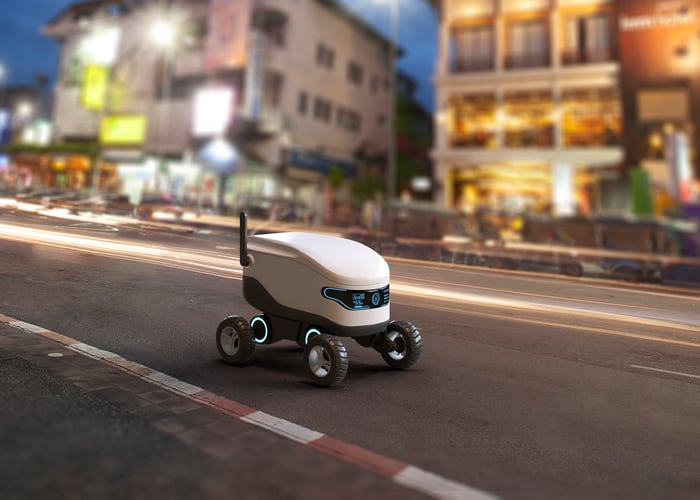
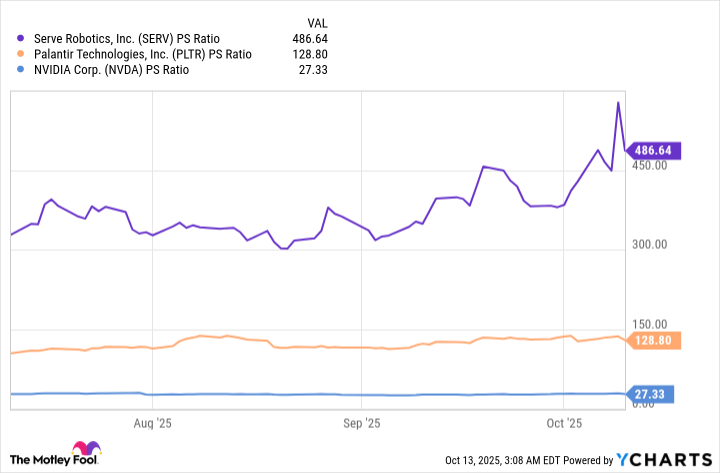
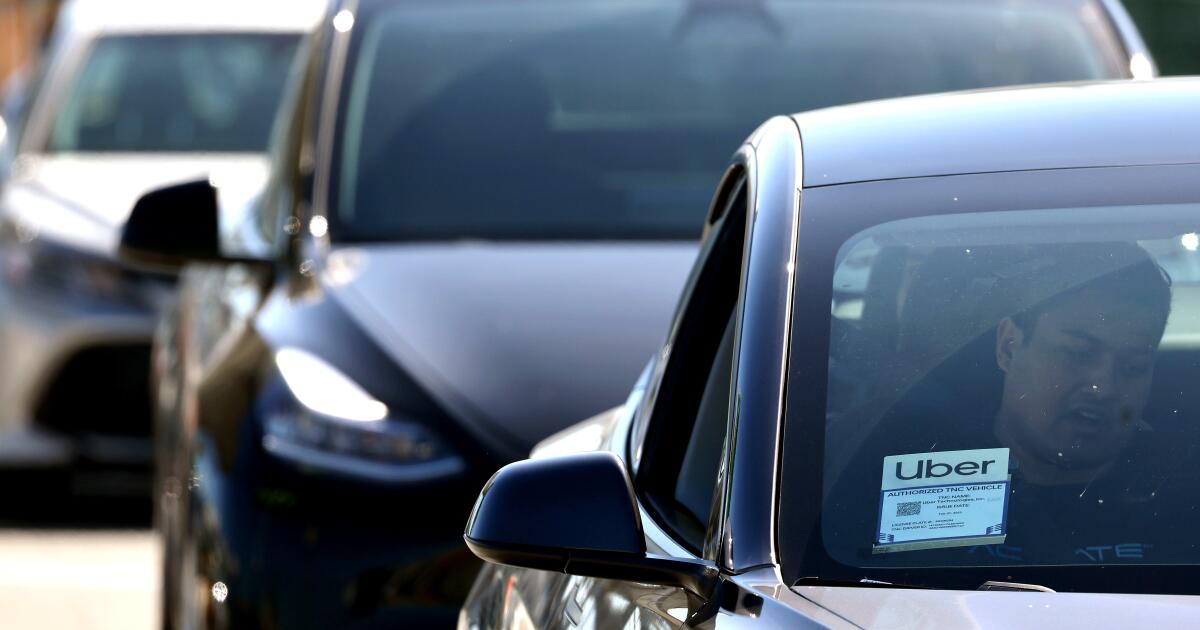

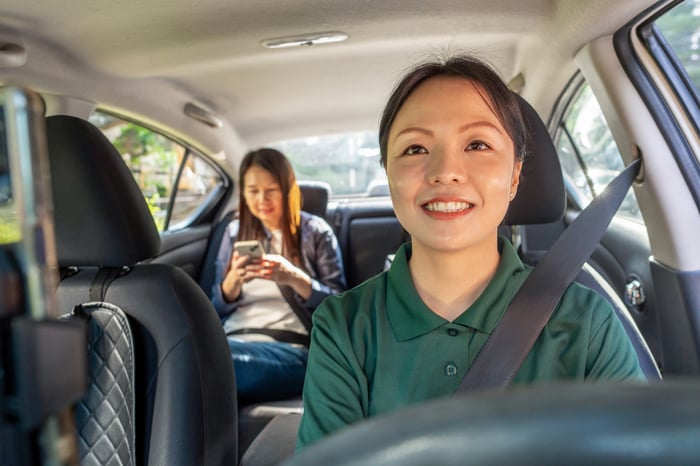
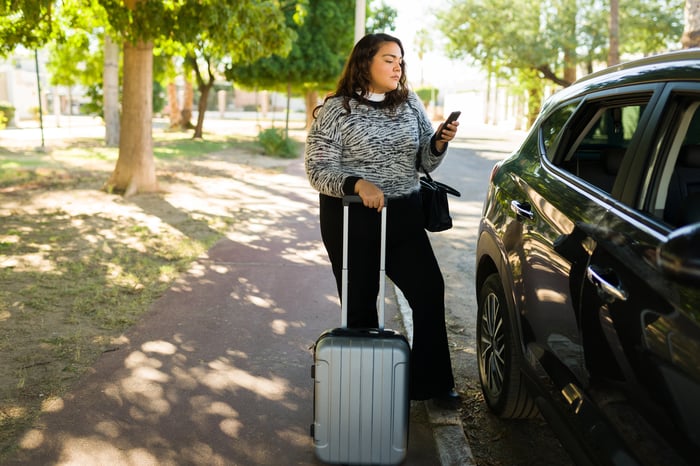
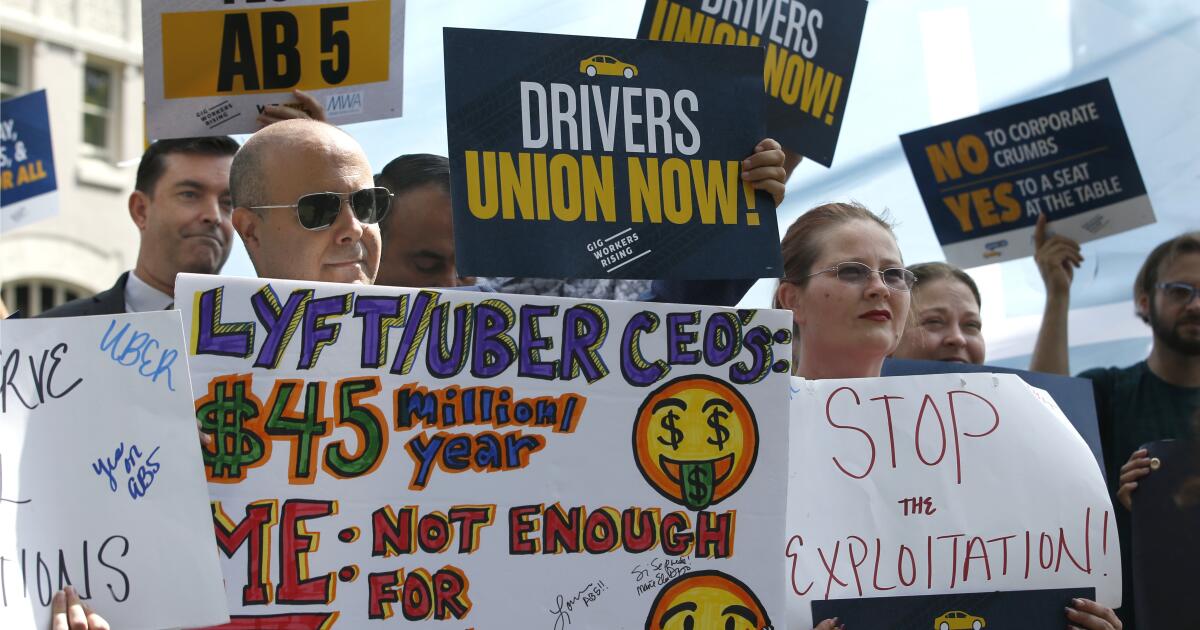

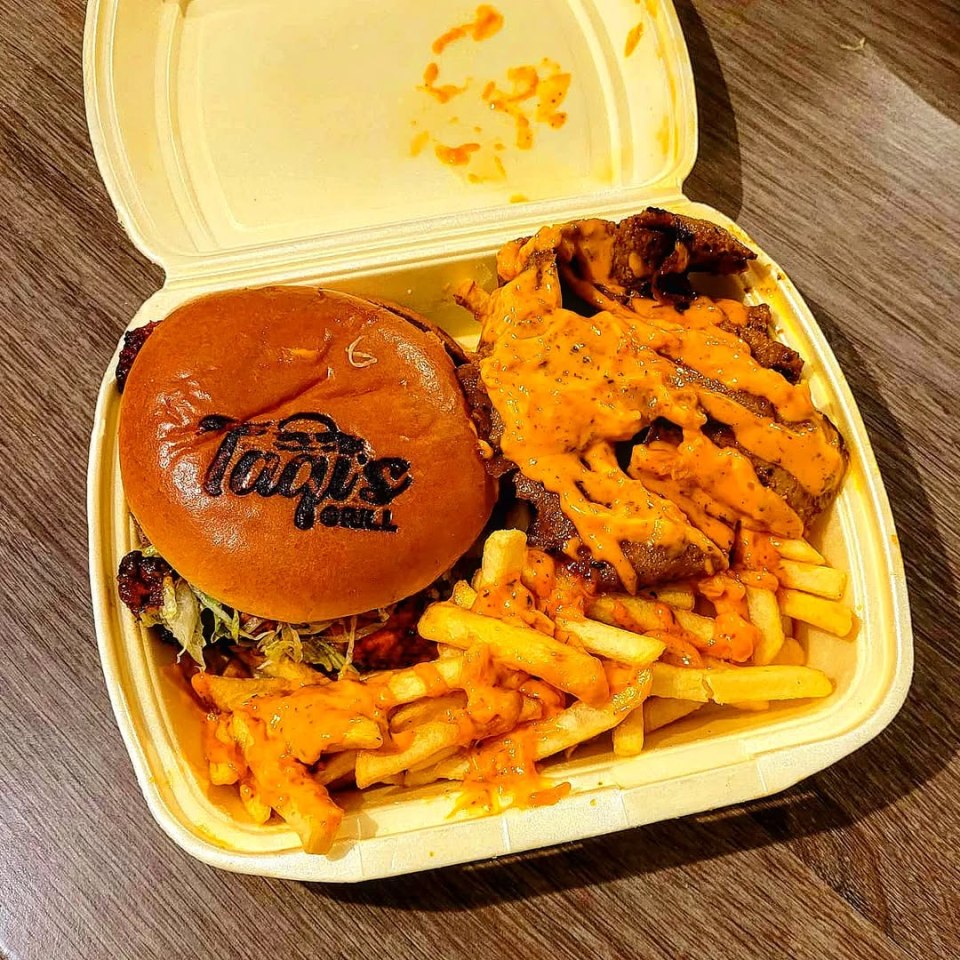
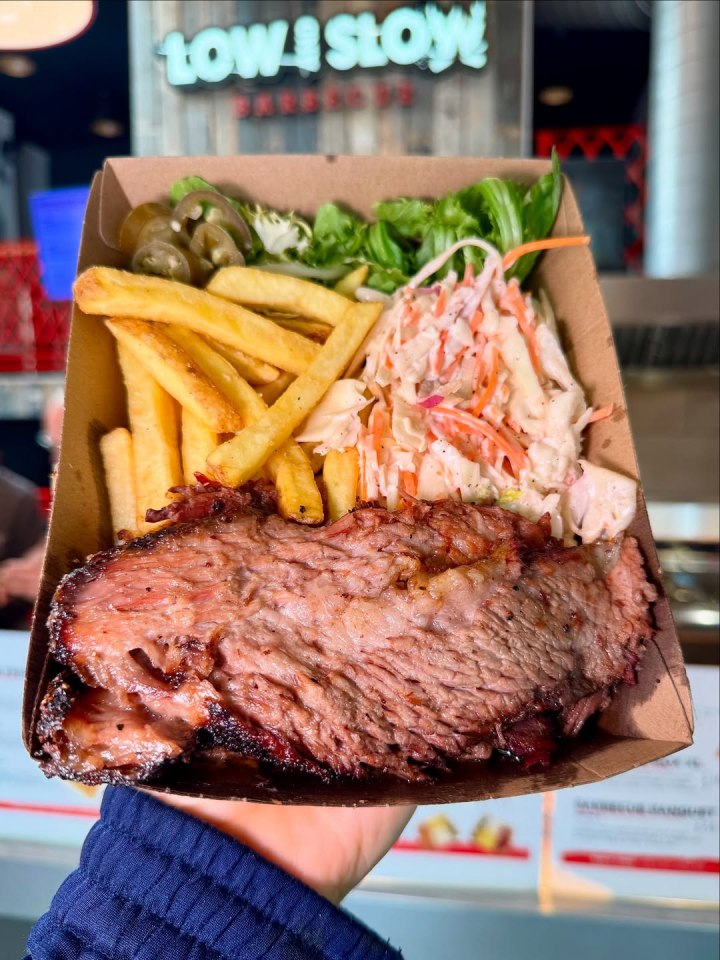
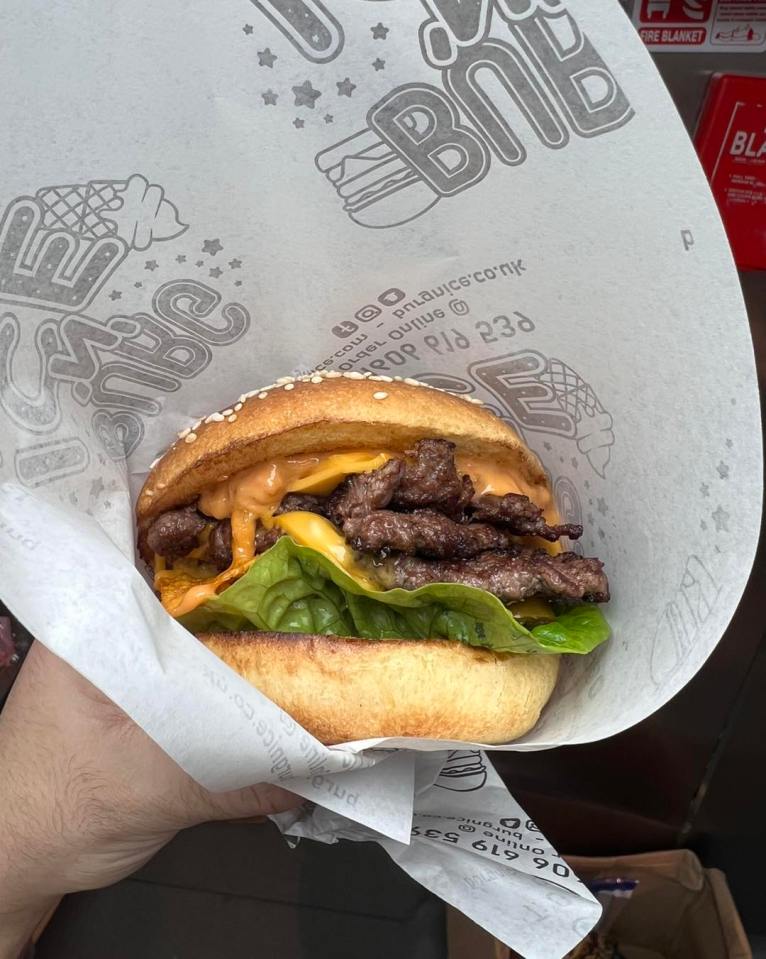
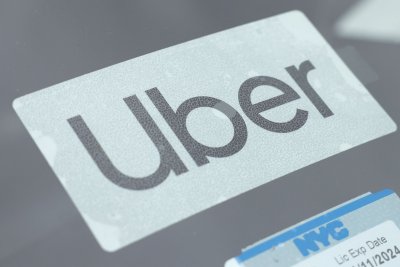





![Uber app [Flickr]](https://www.middleeastmonitor.com/wp-content/uploads/2017/02/uber.jpg)